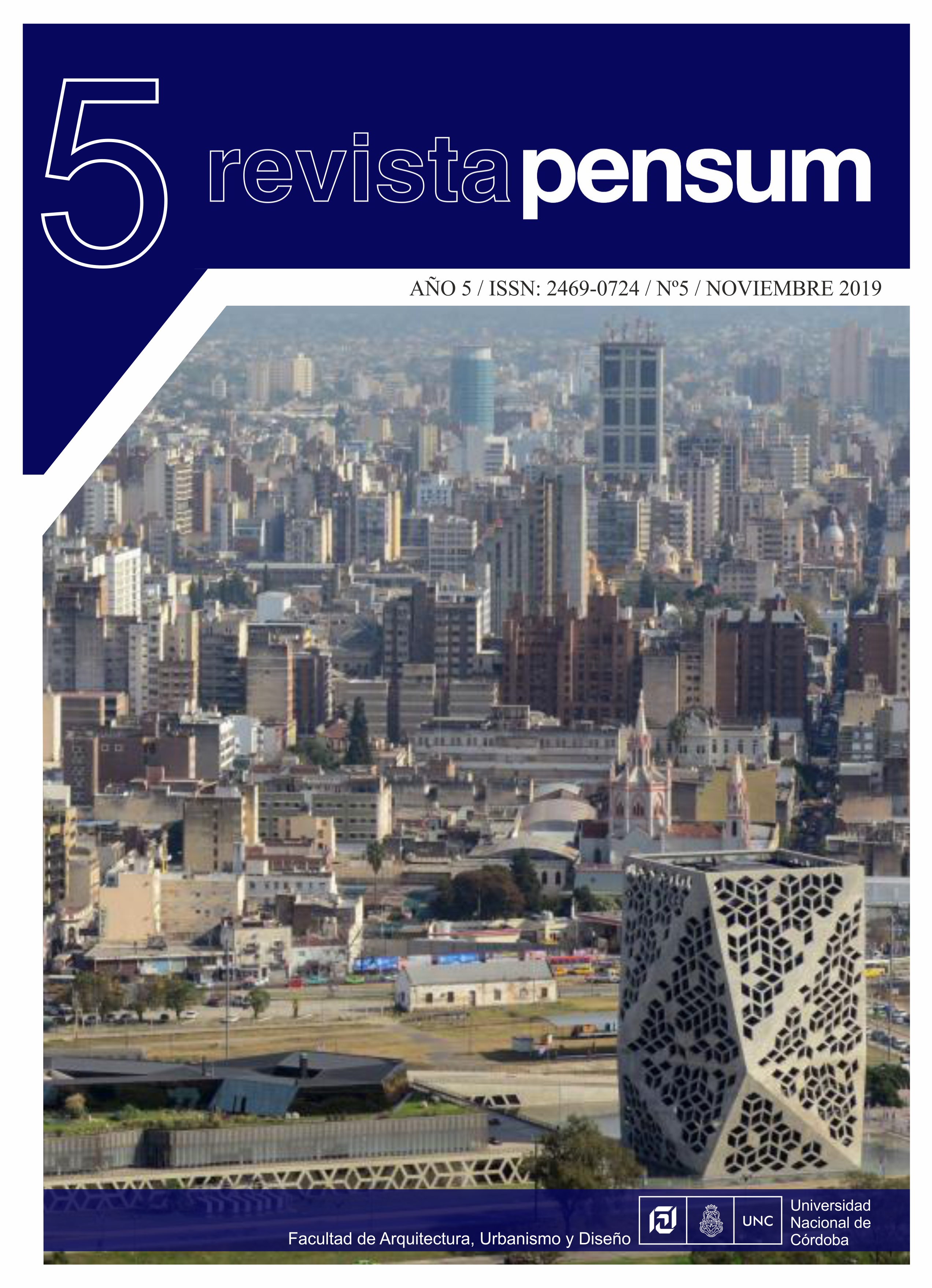Towards a structural perspective of popular urbanization in Latin America
DOI:
https://doi.org/10.59047/2469.0724.v5.n5.26297Keywords:
Popular urbanization, Latin American urbanization, solvency-insolvenceAbstract
The paper proposes an analytical scheme to study popular urbanization, within the broader context of urbanization in Latin American societies, signified by the predominance of capitalist relations. It identifies particular structural conditions that differentiate it from the classical model of development of capitalism. For this, it is based on two previous contributions: One on the peculiarities of Latin American urbanization at the structural level, and another one with elements for the analysis of urbanization actors, their orientation logics and their relationships, which allows the previous one to be dynamized. The paper presents a synthesis of the conceptual scheme, identifying structural aspects: the heterogeneity of production-consumption modalities of Latin American urbanization, the configuration of solvency-insolvency situations in the population and the role of private property. With these elements it is possible to theoretically define popular urbanization as a structural component that clearly defines Latin American urbanization. This is complemented by the presentation of the sequence of popular urbanization, identifying different phases, including social actors, their logics and the relationships that define them at each moment. The text is finalized with some notes that can contribute to this analysis.
References
Arqueros Mejica, M. S., & Canestraro, M. L. (2017). Procesos sociales y dinámicas urbanas: debates sobre el abordaje de la informalidad. Cardinalis, 5. (9), pp. 67-85. Recuperado de https://revistas.unc.edu.ar/index.php/cardi/article/view/18939
Jaramillo, S. (1981) Producción de vivienda y capitalismo dependiente: el caso de Bogotá. Bogotá: CEDEUniandes.
Jaramillo, S. (2012). Urbanización informal: Diagnósticos y políticas ; una revisión al debate latinoamericano para pensar líneas de acción actuales en Salazar, Clara (coord.), Irregular. Suelo y mercado en América Latina, (pp. 33-84), México: El Colegio de México.
Kowarick, L. (1996). Expoliación urbana, luchas sociales y ciudadanía: retazos de nuestra historia reciente. Estudios Sociológicos, XIV (42), pp. 729-743.
Nepomuceno, E. (2019). Un país rumbo al naufragio. La Jornada, 5 de mayo, México. Recuperado de https://www.jornada.com.mx/2019/05/05/opinion/012a1pol
Offe, C. (1990), Las contradicciones del Estado del Bienestar. Madrid: Alianza.
Pírez, Pedro, (1995). "Actores sociales y gestión de la ciudad" en Ciudades, Red Nacional de Investigación Urbana, Año 7, No. 28, octubre-diciembre, México
Pírez, P. (2016a). Las heterogeneidades en la producción de la urbanización y los servicios urbanos en América Latina. Territorios, 34, pp. 87-112. Recuperado de http://www.redalyc.org/articulo.oa?id=35744556004
Pírez, P. (2016b). Las heterogéneas formas de producción y consumo de la urbanización latinoamericana. Quid 16, 6, pp. 131-167. Recuperado de http://publicaciones.sociales.uba.ar/index.php/quid16/article/view/2085
Pírez, P. (2018). Distribución, insolvencia y urbanización popular en América Latina. Revista de Geografía Espacios, 15 (8), pp. 67-93. Recuperado de http://revistas.academia.cl/index.php/esp/article/view/1034
Rincón, A. (2006). Racionalidades normativas y apropiación del territorio urbano: entre el territorio de la ley y la territorialidad de legalidades. Economía, Sociedad y Territorio, 5 (20), V2, pp. 673-702.
Schteingart, M. (1989). Los productores del espacio habitable. Estado, empresa y sociedad en la Ciudad de México. México: El Colegio de México, 415.
Smith, N. (2002). Geografía, diferencia y las políticas de escala. Terra Livre, 18 (19), pp. 127-146.
Downloads
Published
Issue
Section
License

This work is licensed under a Creative Commons Attribution-ShareAlike 4.0 International License.
Authors who publish in this journal agree to the following terms:
a. Authors retain copyright and guarantee to the journal the right to be the first publication of the work as well as licensed under a Creative Commons Attribution-ShareAlike 4 license.
b. Authors may separately establish additional agreements for non-exclusive distribution of the version of the work published in the journal (e.g., placing it in an institutional repository or publishing it in a book), with an acknowledgement of its initial publication in this journal.
c. Authors are permitted and encouraged to disseminate their work electronically (e.g., in institutional repositories or on their own website) before and during the submission process, as this may result in productive exchanges, as well as earlier and greater citation of published work (See The Effect of Open Access).
d. 4.0 International Creative Commons Attribution-ShareAlike 4.0 License.












